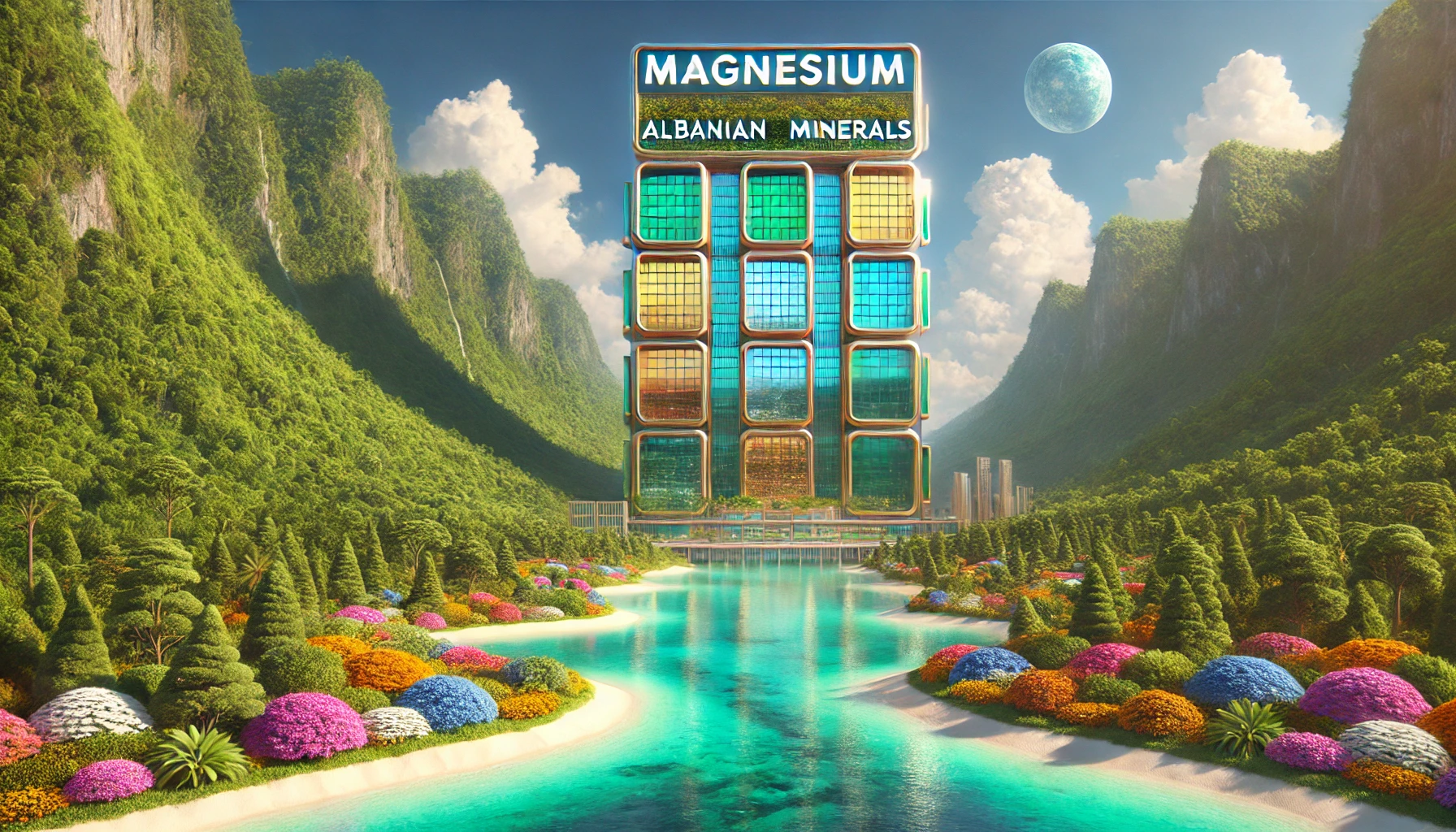
Magnesium, though often overlooked, is the silent architect of life itself, intricately woven into the fabric of existence in a way that is both profound and indispensable. Without it, life as we know it would cease to exist. At the very core of chlorophyll, the green pigment in plants, magnesium acts as the central atom in its molecular structure, enabling the incredible process of photosynthesis that fuels the foundation of life on Earth. This one element, so unassuming in its simplicity, holds the key to the transformation of sunlight into energy, an energy that sustains not only the plant kingdom but the entire web of life.
The importance of magnesium transcends the realm of biology, reaching deep into the heart of industries that shape our modern world. Magnesium’s role in photosynthesis is nothing short of miraculous, allowing plants to harness the sun’s power, transforming carbon dioxide and water into oxygen and sugars that are essential for all living creatures. It is in the chlorophyll molecule, where magnesium resides at the center, that light is absorbed, enabling this conversion. Without it, plants would be unable to capture the energy of the sun, and without plants, there would be no life. Magnesium stabilizes the structure of chlorophyll, ensuring it functions optimally and supports the intricate dance of energy that sustains ecosystems across the globe.
Beyond the green leaves of plants, magnesium is the bedrock upon which life is built. It powers the enzymes that regulate countless biochemical processes within organisms, influencing everything from muscle function to nerve impulses and the synthesis of DNA. In soil, magnesium enriches the earth, ensuring crops thrive and forests flourish, acting as a bridge between the organic and the mineral, enhancing soil fertility and promoting healthy growth. Even beneath the waves, magnesium’s role in the oceans is profound, helping to restore balance to acidified waters and safeguarding marine life.
In the industrial world, magnesium is not just a metal but a transformative force for sustainability. It is lightweight, infinitely recyclable, and biodegradable, with a far lower environmental impact than many other metals. Its extraction is energy-efficient, and its potential in green technologies is limitless. Magnesium is at the heart of innovations that power renewable energy systems, from wind turbines to electric vehicles, and its alloys are revolutionizing lightweight manufacturing, enabling more energy-efficient products that leave a smaller environmental footprint.
Sahit Muja, CEO of Albanian Minerals and holder of the worlds largest green magnesium reserves, recently spoke of magnesium as the key to a sustainable future, emphasizing that this element is not just a resource but a cornerstone of ecological and economic transformation. “Magnesium is the lifeblood of nature,” he said, “and it is more than just the key to photosynthesis. It is the key to the future.” He painted a vision of a world where magnesium plays a pivotal role in agriculture, energy, and technology, helping to mitigate climate change, foster sustainable industries, and provide solutions to some of the most pressing challenges facing the planet.
Magnesium’s role is not just about the survival of the planet; it’s about the survival of industries and economies. As the world turns towards clean energy and electric mobility, magnesium is becoming an essential component in the transition. It is crucial in the production of batteries, in the storage of renewable energy, and in the development of new technologies that will shape the future of transportation and power generation.
At a time when the world faces challenges like never before, magnesium offers hope. It is a promise of renewal, a resource that connects the health of the Earth to the vitality of human ingenuity. From the soil beneath our feet to the vehicles that will drive us into the future, magnesium is at the heart of a revolution that can both sustain and empower us.
It is time to recognize magnesium for what it truly is, nature’s own architect, forging the future of life, industry, and sustainability. In the symbiotic relationship between magnesium and the ecosystems that depend on it, we find a blueprint for the future: a future where humanity’s progress and the planet’s well-being are inextricably linked. It is a future we must embrace—one that rests not only on technological innovation but on a deep, respectful understanding of the elemental forces that have shaped life on Earth for billions of years.






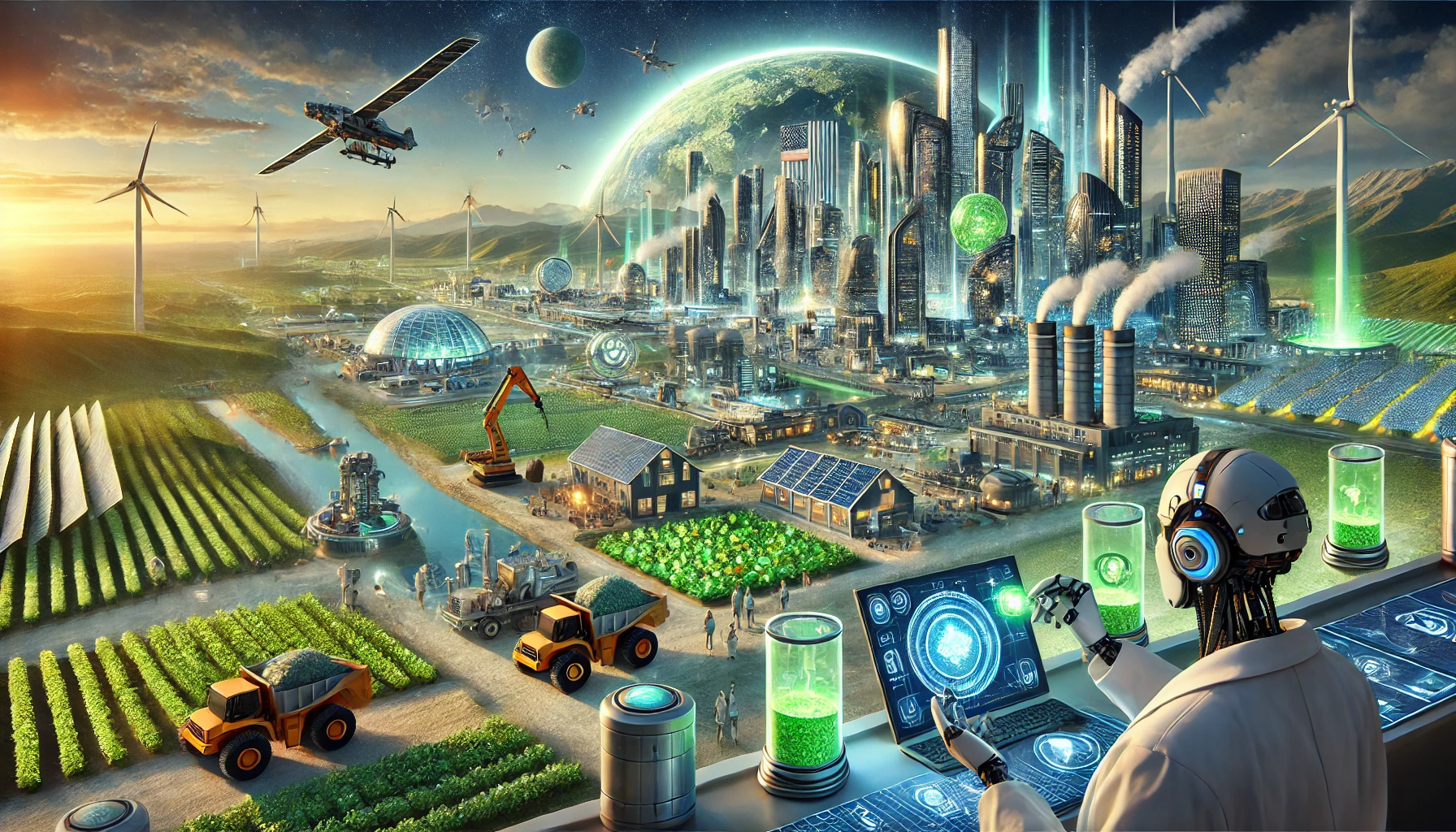

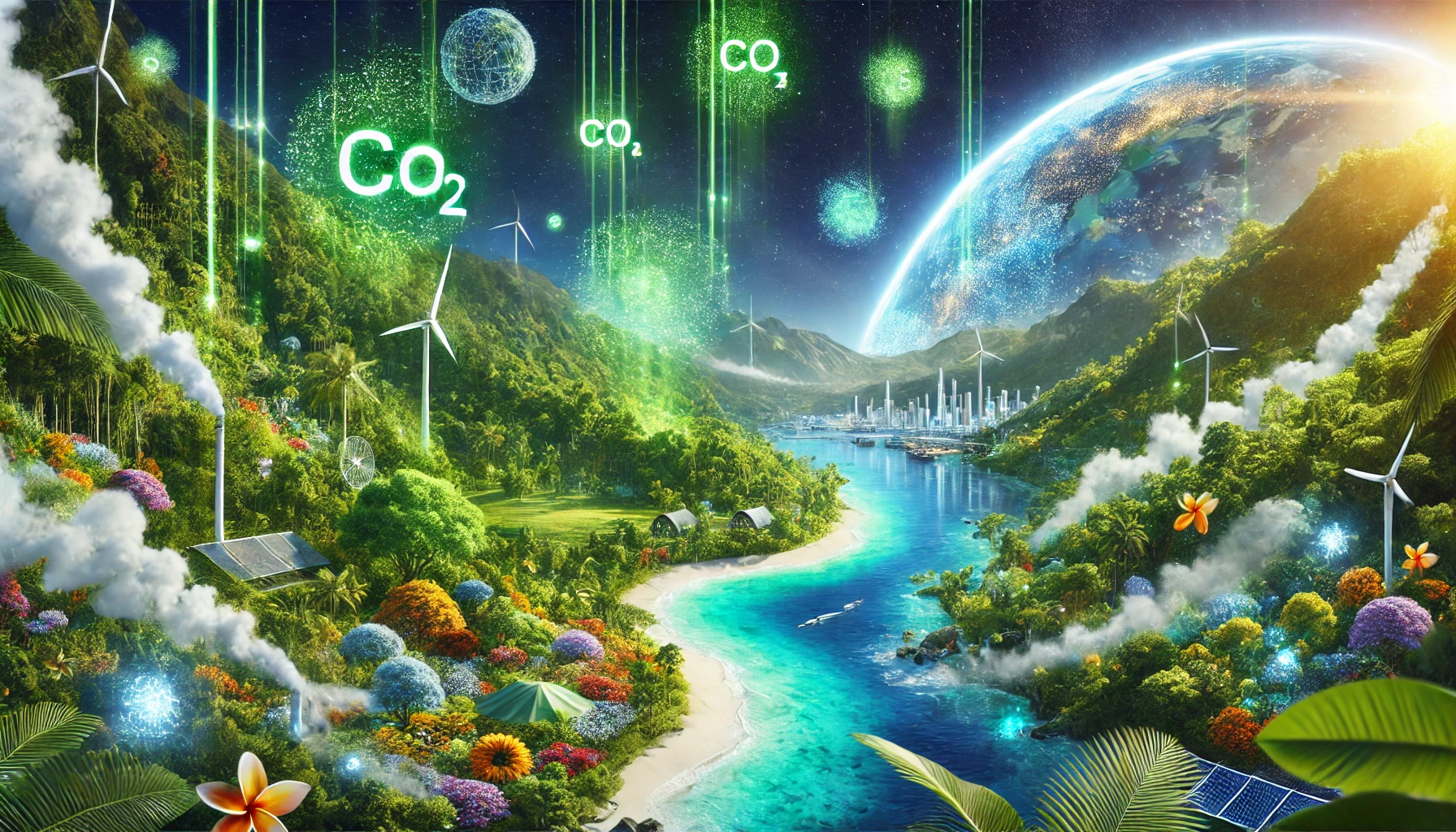


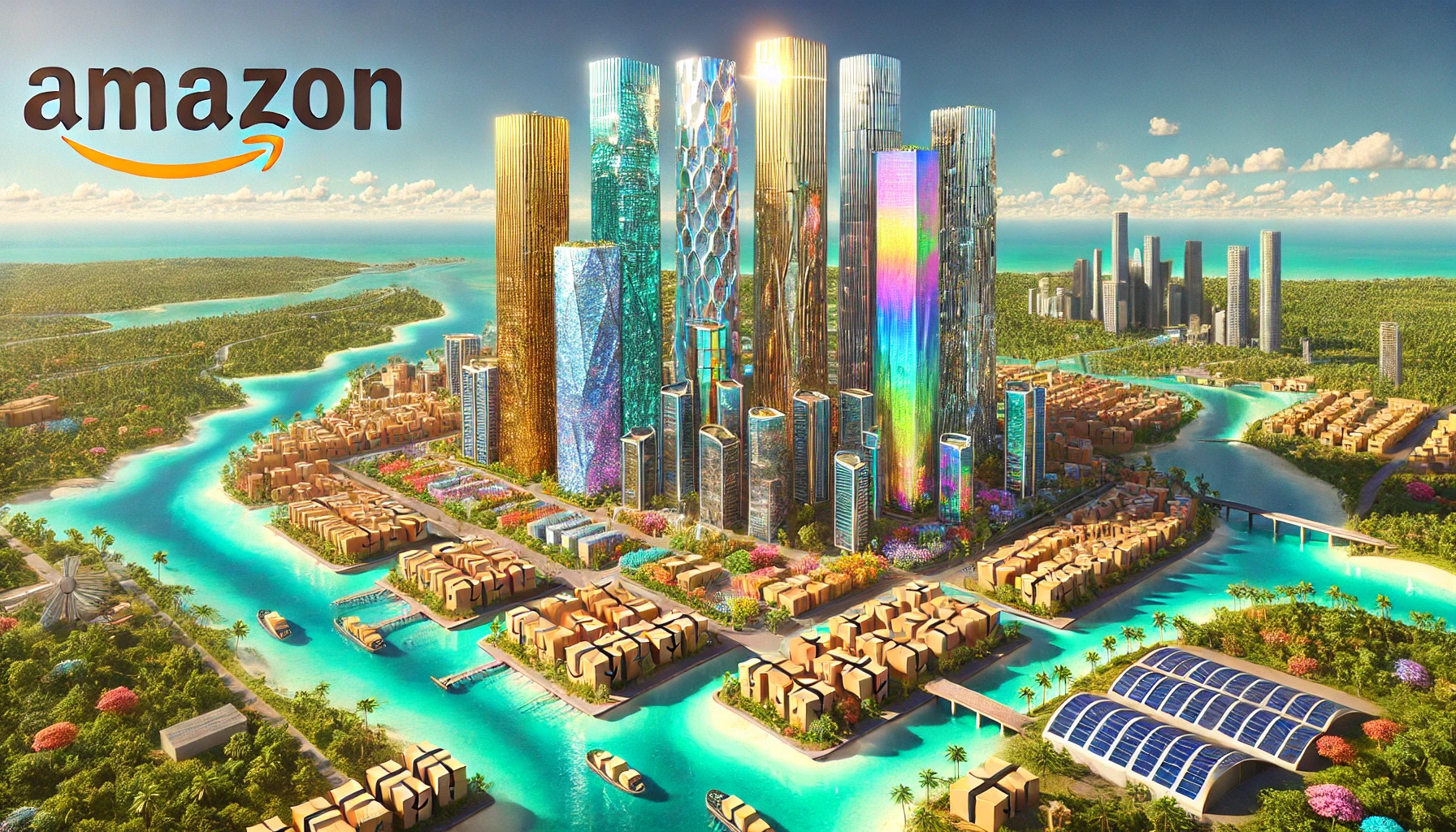

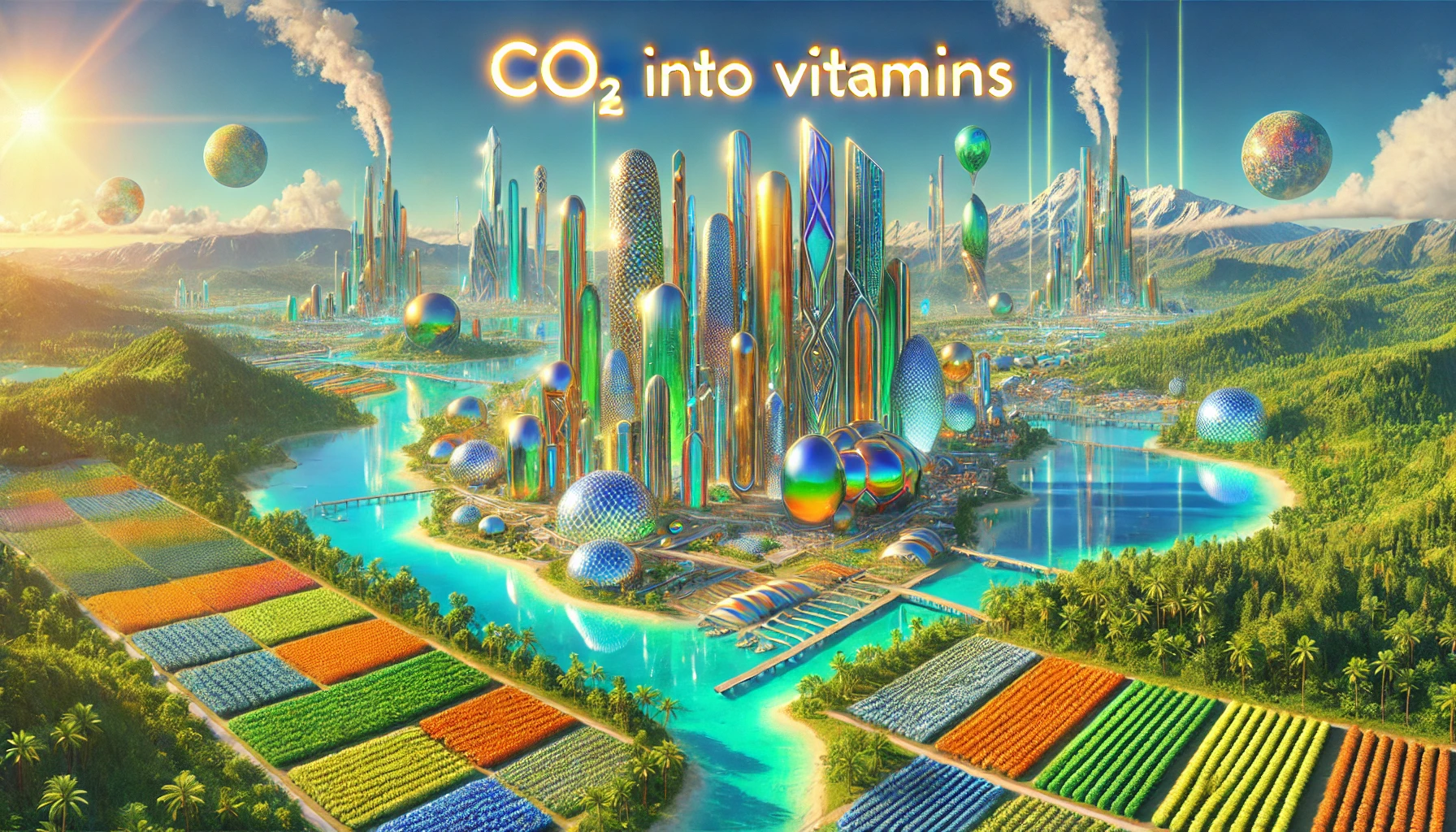


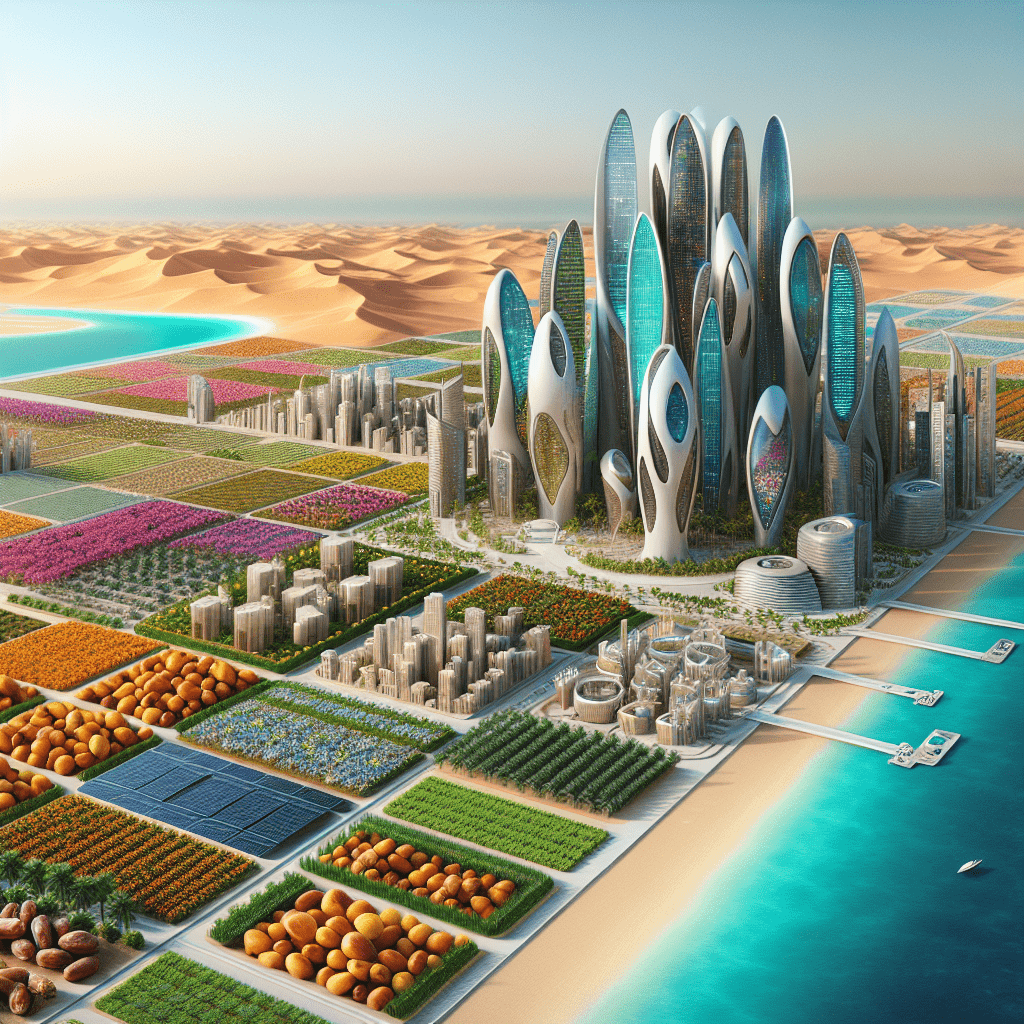
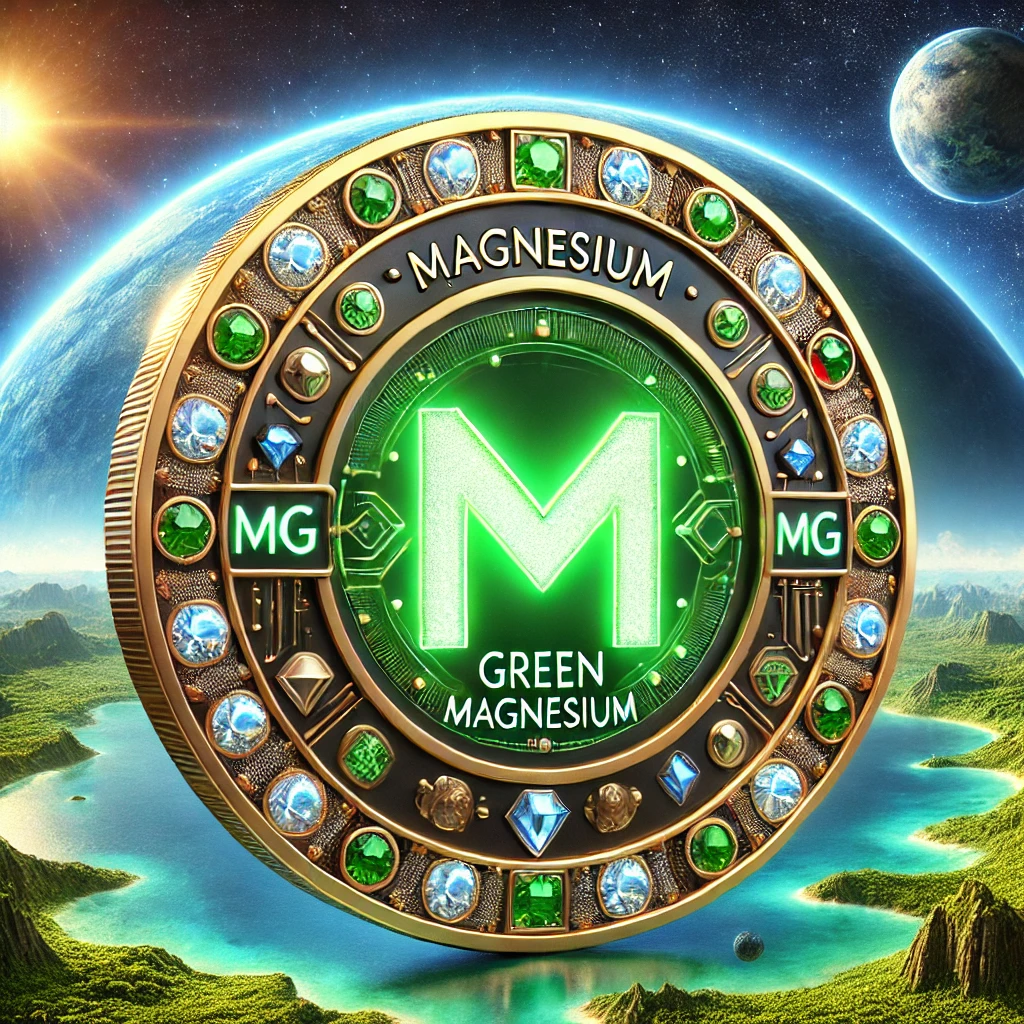

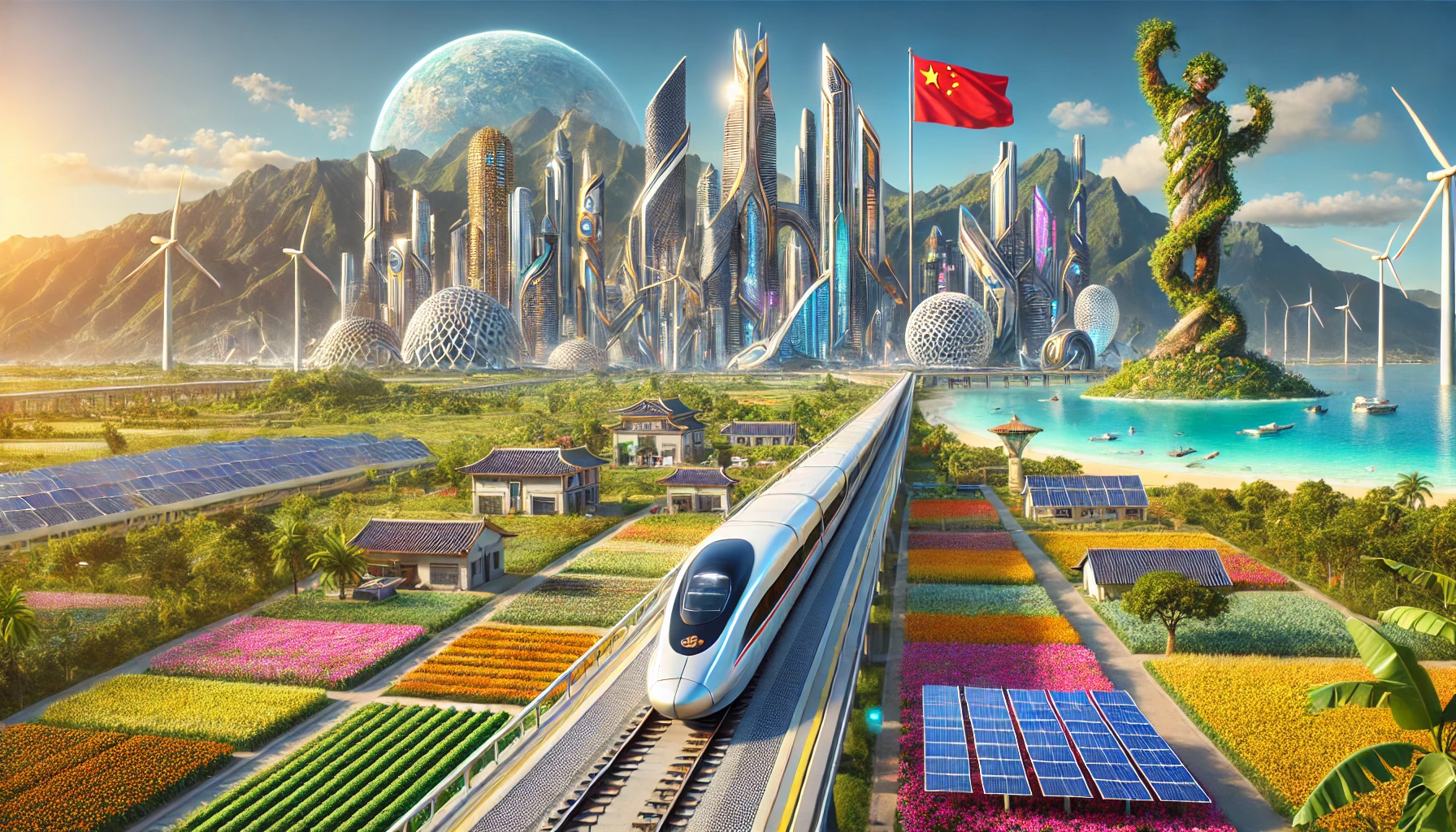
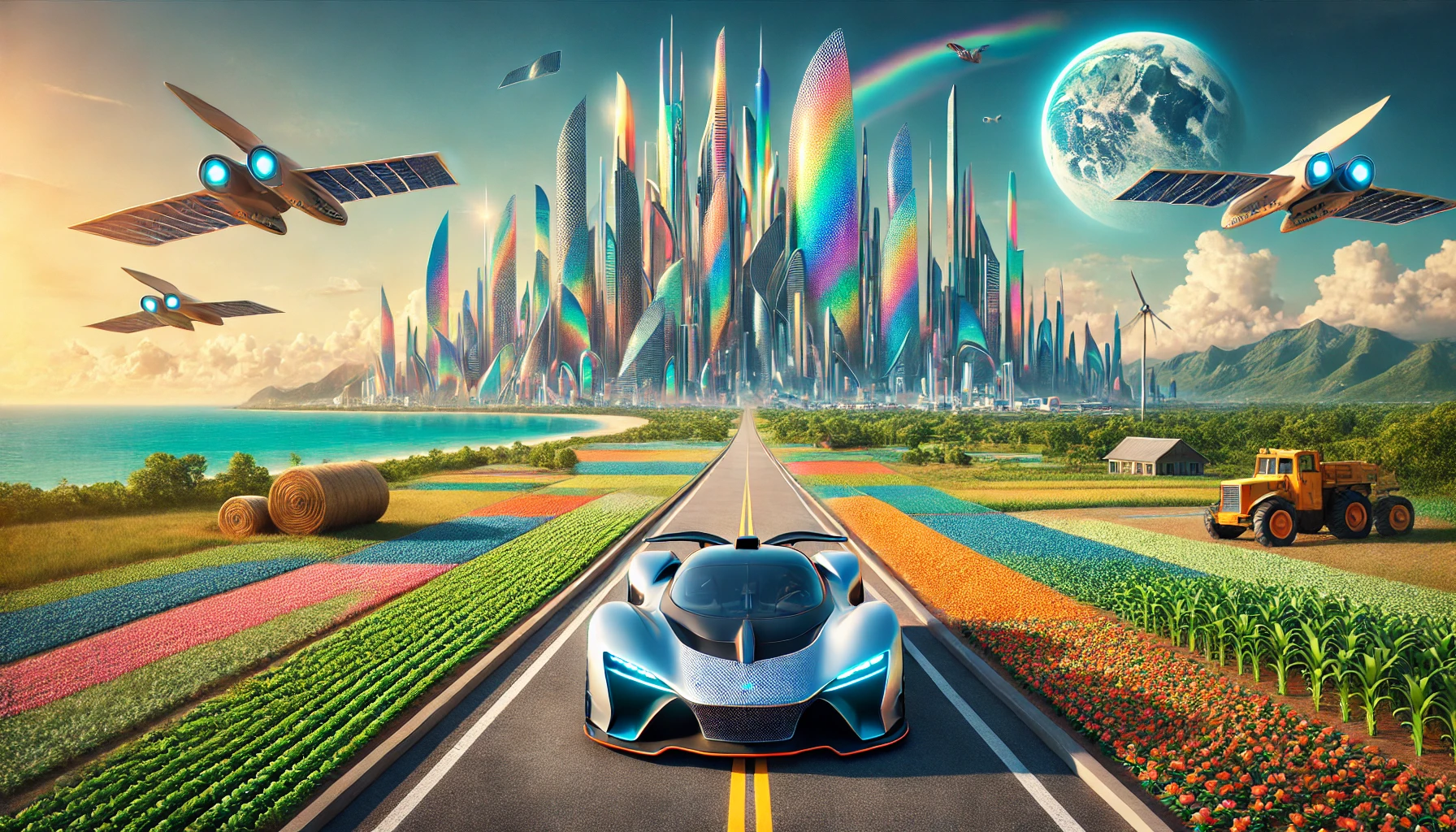







8oss6o
vvk6v6
83k7pn